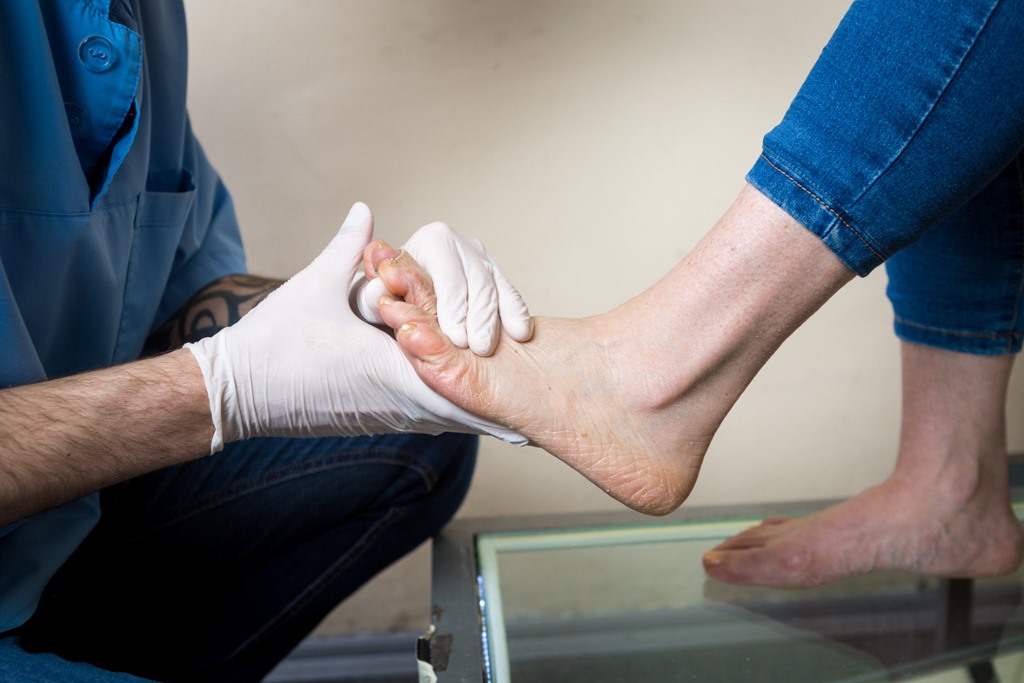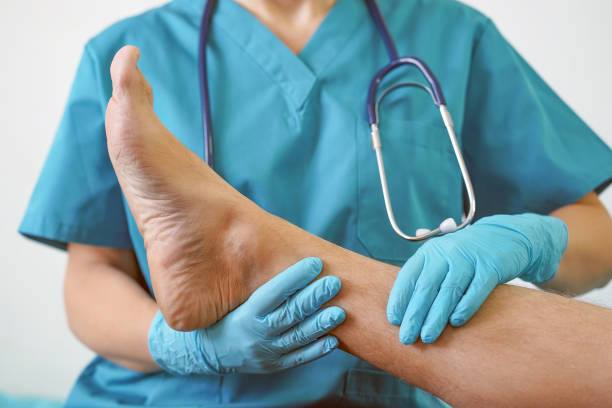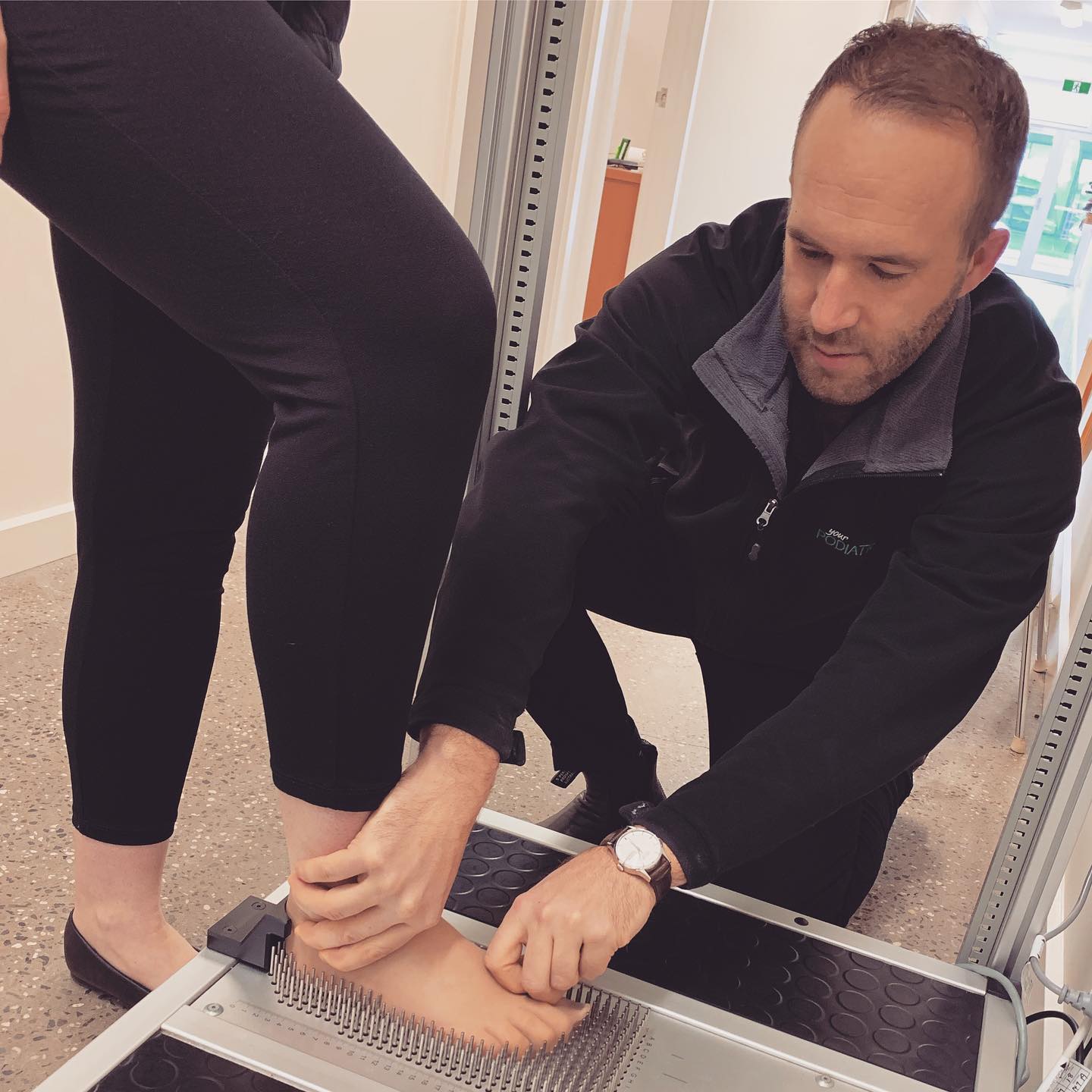Understanding Bunions: Causes, Symptoms, and Treatment Options
Bunions are a common foot condition that can affect people of all ages. It is characterized by a bony bump at the base of the big toe joint, which causes the big toe to lean towards the other toes. This can often lead to pain and discomfort, making it difficult to walk or wear certain types of shoes.
While bunions may seem like a minor issue, they can have a significant impact on a person’s daily activities and overall quality of life. In this article, we will discuss the causes, symptoms, and treatment options for bunions to help you better understand this common foot condition.
Understanding of Bunions
Bunions, medically known as hallux valgus, develop gradually over time. The precise cause is not always clear, but several factors are thought to contribute to their formation. Genetics plays a crucial role, as bunions tend to run in families, indicating a possible inherited structural foot defect. Additionally, wearing tight, narrow, or high-heeled shoes that crowd the toes can exacerbate the development of bunions. Certain types of arthritis, particularly rheumatoid arthritis, can also lead to bunions by affecting the health of the joints in the foot.
The symptoms of bunions include pain and soreness, inflammation and redness, a burning sensation, and possibly numbness. These symptoms occur most often when wearing shoes that confine the toes or during long periods of standing. Over time, the continuous pressure on the big toe joint may make it increasingly difficult to move the toe, and in severe cases, surgery might be necessary to correct the alignment and relieve pain.

Bunion TreatmentBunion Treatment
The Causes of Bunions
The development of bunions is often associated with a combination of factors rather than a single cause. Genetics plays a significant role, with many individuals inheriting a foot structure that predisposes them to bunion formation. Footwear that does not fit properly, especially shoes with a narrow toe box or high heels, can exacerbate the pressure on the big toe joint, leading to or worsening a bunion. Additionally, certain lifestyles and occupations that require extended periods of standing or walking can increase the risk of developing bunions. Conditions such as rheumatoid arthritis and flat feet can also contribute to their formation by altering the normal distribution of weight across the foot and weakening the joint, thereby facilitating the development of bunions. Understanding these causes is crucial in both prevention and management of the condition.
Identifying Bunions: Common Symptoms
Bunions are not only identifiable by the visible bump on the side of the big toe but also by several symptoms that can affect daily activities. The most common symptom is pain at the site of the bunion, which can become more pronounced when walking or wearing tight-fitting shoes. This discomfort can range from mild soreness to severe pain, depending on the extent of the bunion’s development. Additionally, the skin over the bunion might appear red and inflamed, and individuals may experience a burning sensation or numbness in the affected area. Another telling sign of a bunion is the noticeable deviation of the big toe towards the other toes, which can sometimes lead to overlapping toes or difficulties in maintaining balance. The severity of symptoms can vary widely among individuals, and in some cases, bunions might not cause any discomfort at all, although the structural change is evident.
Complications of Untreated Bunions
If left untreated, bunions can lead to a variety of complications that may severely impact foot health and mobility. One common complication is the development of bursitis, a painful condition resulting from the inflammation of the fluid-filled pads that cushion the bones near the joints. Additionally, untreated bunions can lead to the formation of hammertoe, particularly of the second toe, which becomes abnormally bent due to the imbalance in the foot’s structure. Another potential complication is metatarsalgia, a condition characterized by severe pain and inflammation in the ball of the foot. Over time, the continuous pressure and misalignment can also cause chronic pain and stiffness in the foot, further limiting mobility and affecting the quality of life. Addressing bunions early is crucial to prevent these complications and to maintain overall foot health.
Understanding Bunions and Their Diagnosis
The process of diagnosing bunions starts with a detailed evaluation by a foot healthcare specialist, focusing primarily on the physical state of the foot. This examination involves the inspection for a prominent bony protrusion at the big toe’s base, alongside measuring the deviation angle of the toe. The healthcare provider will inquire about any discomfort or pain experienced and gather information on shoe wearing habits, genetic predisposition to bunions through family medical history, and any prior foot conditions that could contribute to the development of a bunion.
Furthermore, to gain a comprehensive view of the bunion’s impact and examine the presence of potential related issues such as arthritis, an X-ray may be recommended. This thorough diagnostic approach is essential for devising a treatment plan that not only addresses the bunion’s severity but also aligns with the patient’s unique needs and lifestyle preferences.

Foot Healthcare Provider
Non-Surgical Treatment Options for Bunions
Non-surgical treatments are often the first approach to managing bunions, aiming to relieve pain and slow the progression of the bunion. One key aspect of this approach is changing footwear; opting for shoes with a wide toe box and avoiding high heels can significantly decrease pressure on the bunion, thus reducing pain. Additionally, over-the-counter padded shoe inserts or custom orthotics might be recommended to help distribute pressure evenly across the foot, which can alleviate the discomfort associated with bunions.
Physical therapy exercises can also be beneficial in strengthening the foot and improving flexibility, which in turn, helps to stabilize the joint and control symptoms. For inflammation and pain, nonsteroidal anti-inflammatory drugs (NSAIDs) such as ibuprofen may be used. In some cases, a bunion pad, splint, or spacer can be utilized to realign the big toe and relieve stress on the bunion. It’s important to note that while these non-surgical treatments can help relieve bunion symptoms, they do not correct the bunion itself. Regular monitoring by a healthcare professional is recommended to assess the progression of the condition and adjust the foot treatment plan as necessary.
Surgical Treatments for Bunions
When all other methods have been exhausted without reducing the discomfort, or if the bunion significantly interferes with the patient’s ability to move freely and live comfortably, surgery might become a necessary option. There is a spectrum of surgical solutions, from simple removal of the inflamed tissue near the toe joint to more complex procedures that involve adjusting the position of bones, muscles, ligaments, and tendons to fix the misalignment. The choice of surgery largely depends on how severe the bunion is, how much pain the patient is in, their overall health status, and what their daily activities look like. Each patient will have a different recovery path, usually starting with a phase of rest and leading up to physical therapy aimed at regaining foot mobility and strength. Patients must engage in open conversations with their healthcare provider to fully grasp the possible outcomes and risks linked to bunion surgery. This ensures that the decision to proceed is well-informed and customized to meet their personal needs and aspirations.
Prevention Tips and Long-Term Care
Preventing the development of bunions, or managing their progression if they have already appeared, involves adopting healthy foot care practices. One primary prevention strategy is to wear properly fitting footwear that offers sufficient room for the toes to move freely, thus reducing pressure on the big toe joint. Shoes with a wide toe box, low heels, and good arch support can significantly decrease the risk of bunion formation and provide relief from symptoms for those who already have them. Engaging in foot-strengthening exercises can also enhance foot stability and mobility, minimizing the stress on the big toe. Regular foot massages and warm soaks can promote blood circulation and ease the discomfort.

Bunions Prevention
In terms of long-term care, staying vigilant about foot health and making adjustments to daily activities as needed can prevent further complications associated with bunions. People with bunions should regularly inspect their feet for any changes or increases in discomfort, especially after prolonged periods of standing or walking. It’s also advisable to maintain a healthy weight to minimize additional pressure on the feet. For those with persistent or worsening symptoms, periodic consultations with a healthcare professional are essential to monitor the condition’s progression and adjust treatment plans accordingly. By combining preventive measures with proactive long-term care, individuals can effectively manage bunions and maintain an active, healthy lifestyle.
In conclusion, while bunions can pose significant challenges to those affected, understanding the condition, exploring a range of treatment options, and implementing preventive measures can lead to substantial improvements in foot health and overall quality of life. From non-surgical interventions to carefully considered surgical procedures, patients have multiple avenues to manage discomfort and improve functionality. It’s vital to approach bunion care with a proactive and informed mindset, engaging in regular consultations with healthcare professionals and adopting healthy foot care practices. By doing so, individuals can mitigate the effects of bunions, prevent their progression, and continue to lead active and fulfilling lives.
Flagstaff Foot Doctors: Anthony Rosales DPM
https://www.google.com/maps?cid=8835841318590452161
421 N Humphreys St, Flagstaff, AZ 86001, United States
(928) 774-4825
https://flagstafffootandankle.com/
